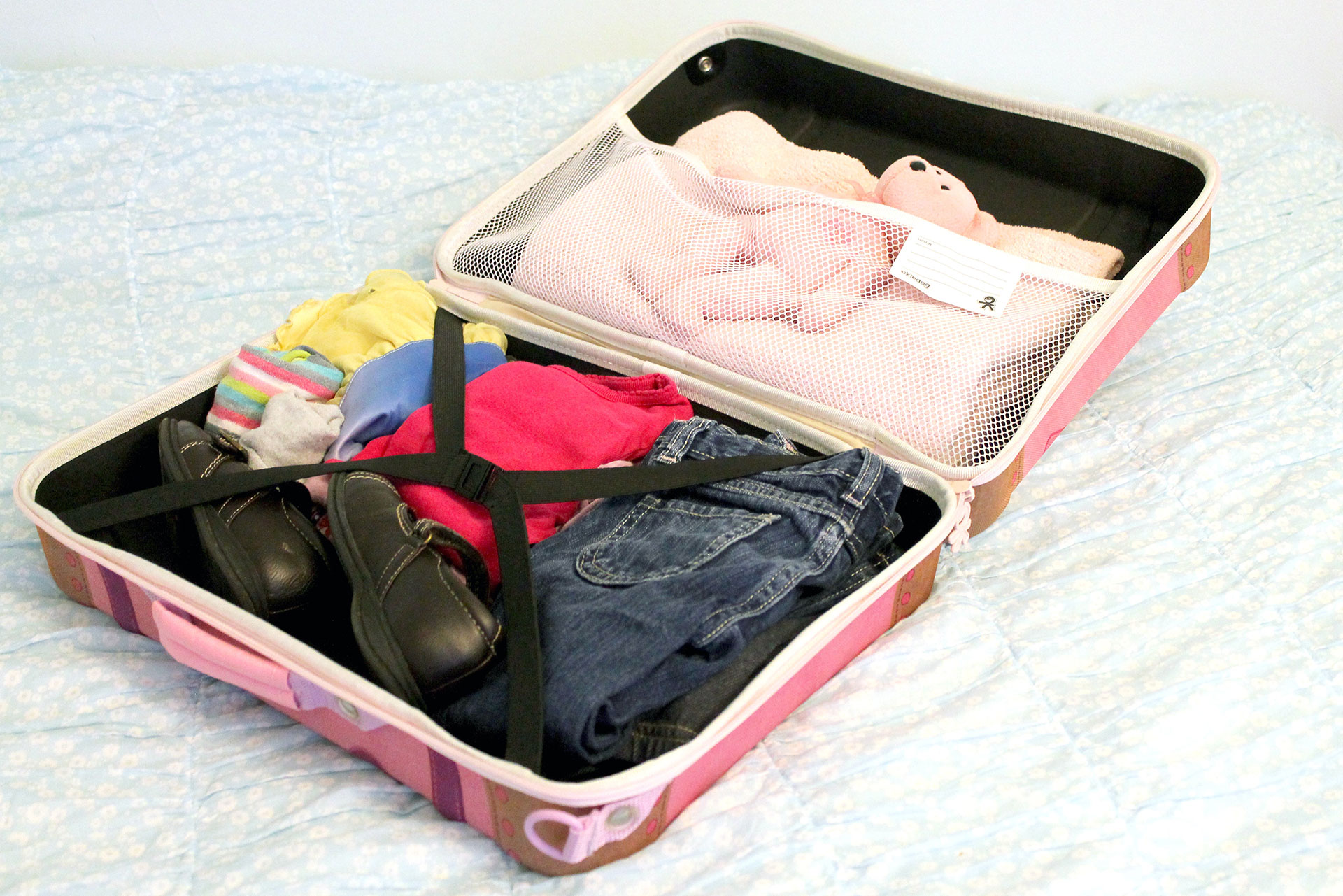One of the most difficult moments of the process of moving to another country, even if it’s just for a year, is the packing process. Let’s be honest, most people hate packing and it’s always difficult to gauge what you will really need and what you won’t. To help you in this process we have created these 8 tips that will guide you through the perfect packing.
1. Pack in advance
This is the most important tip of all. Procrastinators of the world do things in advance for once in your life! We recommend you never leave the packing process to the last minute, not even for the last day before your flight. At Chef Training U.S. we recommend you start packing at least 2 days in advance. When you are packing you will always find things that you might not have at home and you want to buy and bring. This will give you time to go and purchase those items and to have a complete luggage.
2. Have your documents on hand
As we mentioned in our guide for the US arrival you will need your official documents to pass Immigration after landing at your US destination. Be aware that you will be doing this procedure prior to collecting your checked luggage. For this reason, it is very important that you pack your documents in your hand-luggage, always in a way that they will be protected and not folded, wrinkled or damaged. Our best recommendation is to put them inside a strong plastic folder in your laptop case or inside your carry-on.
3. Check the climate of your destination
Remember that you are packing for several months of stay and you will probably go through different climate seasons (or not!). Before you start packing, thoroughly research on the Internet to find out what are the lowest and highest temperatures in your destination, what is the average humidity, how often it rains or snows, how windy is the area… Don’t forget to protect your skin! Sunscreen is not only necessary for destinations where is hot and sunny, but also for places where it typically snows.
4. Pack light without forgetting the essentials
Once you start getting your personal belongings and putting them into a suitcase you will see that is very easy to find yourself with 2, 3 or 4 big suitcases full of things. You didn’t even notice you had that much! Airlines normally allow 2 checked baggage in their best fares (check closely the fare you purchased!) and getting an extra suitcase because going overweight can cost you a ton of money. Remember that you are coming to the USA, so you will not have problems buying almost any items from clothing to toiletries or tools for your training. Pack all your essentials, and don’t over pack your suitcases. If you need some new clothes upon arrival, they are going to cost you way less that paying for extra luggage at the airport. Sometimes, actually, it is recommendable to buy some items at your arrival, like big winter jackets or boots, or items for your new apartment, once you know exactly what the conditions are that you are going to be living in.
5. Don’t forget housing and not typically used items
There are some things that we take for granted when we spend a lot of time in the same space, and it is easy to forget certain elements. A good example of this is housing stuff, like bed sheets or towels, or your favorite mug for the morning coffee. Some of those things, as mentioned in the point before, might not be necessary, and you can buy them at your destination, but if you are not in a hotel you might want to have your own towel, for example, when you arrive. Other housing items we know can be very personal: your make-up mirror, your breakfast mug, your agenda, your keychain…
Think as well about things that you might not normally use or are seasonal and you might regret forgetting. For example, you might go to a destination that does not have a beach or a lake, but, you might want to still bring a swimsuit because during your stay you might travel to a beach destination, go to a spa or do a getaway for a weekend to a lake house. If you are packing during winter it’s very logical to not think of sandals for summer, but you should! Be attentive to those kinds of situations. Some things that tend to be forgotten are: swimsuits, flip flops, tights, formal shoes and clothes, hats, gloves, sunglasses and other accessories.
6. Don’t forget irreplaceable items
As we said, many of the items you own are easily replaceable. If you forget your favorite shirt, you are going to feel bad, but you can buy a new, beautiful one. But there are some things that are difficult to find or absolutely impossible to buy because they were tailor made for you. Be very careful and do not forget those items!!
Most common examples are: prescription glasses, sunglasses and contact lenses (those have your exact prescription and it might be difficult to have them done in the US without going to the doctor), braces and teeth correctors, specific medicines you need (like asthma inhalers, lotions for skin conditions, insulin or other injectable medicines) and others.
7. Be aware of the forbidden items
It is important that you don’t bring into the country items that are considered banned or forbidden by the US regulations and laws. If you are bringing an item that you have to declare, please do so while filling out the Customs Form that you will be provided with during your flight or at the airport. Be aware that many animal and plant products are prohibited or must be declared. We know it is very common to gift food products and you might be excited to share your own culture in the US, but many food products do not comply with the agricultural regulations. Here you can see a full list of Forbidden items, provided by the U.S. Customs and Border Protections.
8. Bring personal memories
Last but not least, pack some personal memories in your luggage. You are going to be far from home, your family and your friends. You don’t want to get homesick, but from time to time it is good to remember those who you love and to make your new apartment more personal and comfortable. Whether they are some pictures of your loved ones on the wall, some of your favorite posters, your mug or bottle opener or some teddy bear you used to have in your room, bringing some personal memories with you will make your new room feel much more like home and will put a smile on your face at any moment.

